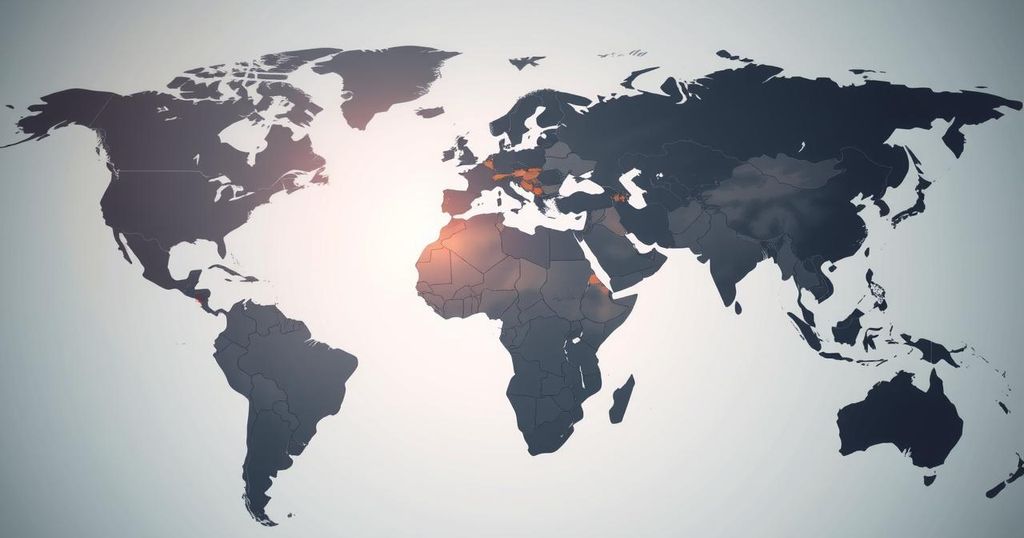President Trump has indicated he may cut aid to Jordan and Egypt if they do not agree to accommodate Palestinians from Gaza under his redevelopment plan. He asserted that displaced Palestinians would not have a right to return, raising concerns about the humanitarian implications of such a strategy. Both countries have already rejected his proposal, highlighting the complexities of the situation.
On Monday, President Trump stated that he might consider cutting aid to both Jordan and Egypt if they do not accept his proposal to permanently accommodate a large influx of Palestinians from Gaza. This statement signifies an increase in pressure on these key Middle Eastern allies to endorse his controversial plan, which aims to relocate the entirety of the Palestinian population to facilitate redevelopment efforts in Gaza.
The President emphasized that the Palestinians forced to leave Gaza would not be allowed to return. During a Fox News interview, he explicitly mentioned, “No, they wouldn’t” when asked if the displaced individuals would have a right of return once the redevelopment projects are completed. This plan has drawn significant criticism, as many scholars have suggested it could be interpreted as ethnic cleansing or a war crime.
Both Jordan and Egypt have firmly rejected any suggestions regarding the relocation of Palestinians to their territories. Mr. Trump optimistically stated that he believes he could negotiate terms with both countries to house the Palestinian populace, thereby alleviating the humanitarian crisis in Gaza while pursuing his ambitious redevelopment agenda.
In summary, President Trump’s recent remarks indicate a willingness to leverage U.S. financial aid to promote his controversial plan for Palestinian relocation. His stance has generated considerable debate over the implications of such actions, particularly regarding the potential violation of humanitarian principles. The refusal of Jordan and Egypt to consider these terms presents significant challenges to the implementation of his proposal.
Original Source: www.nytimes.com






